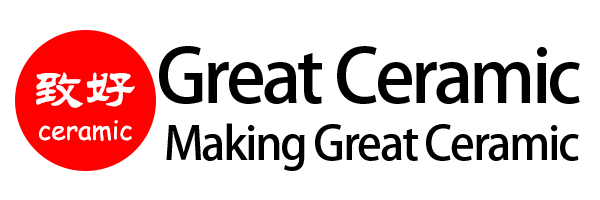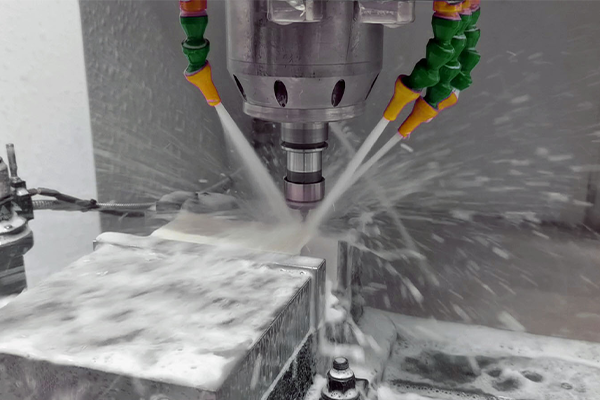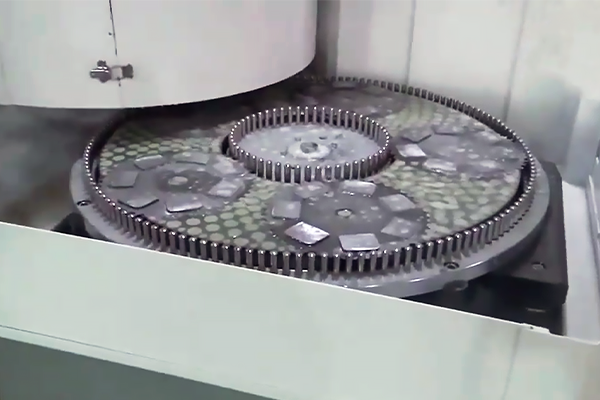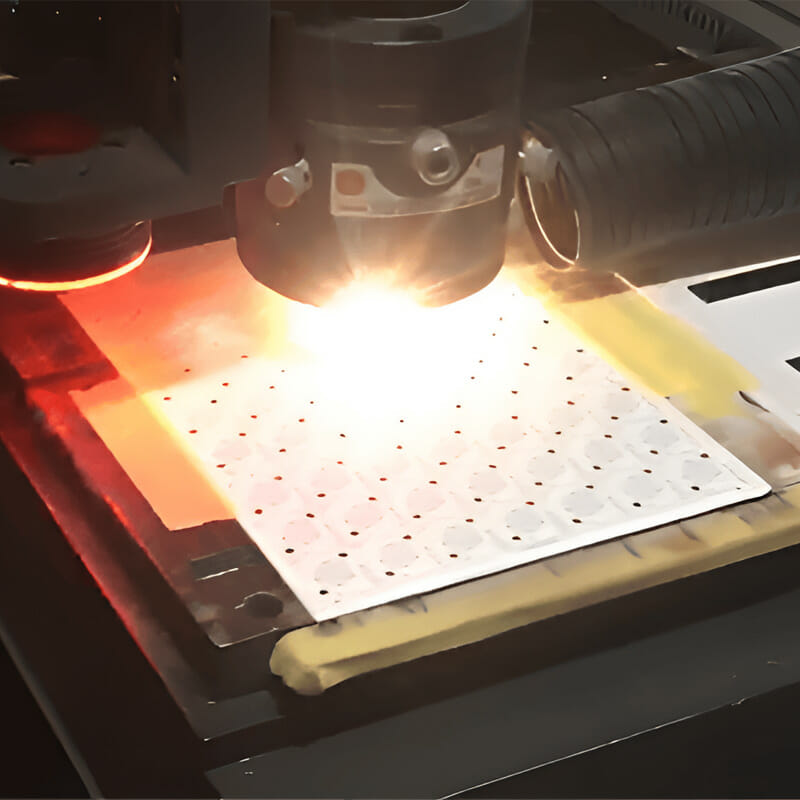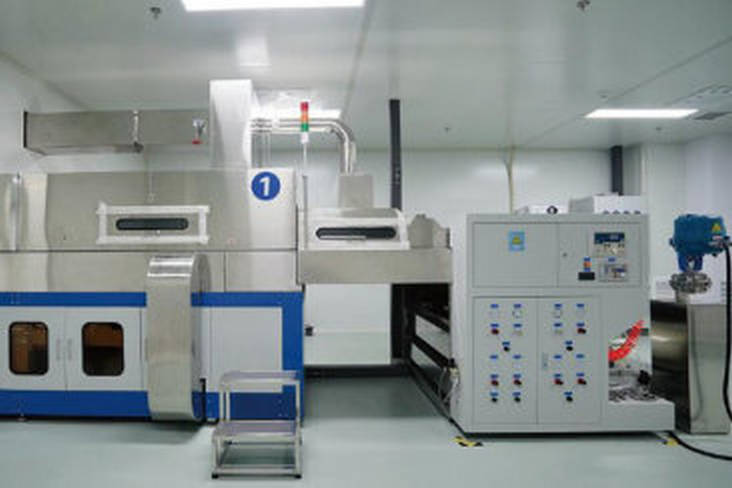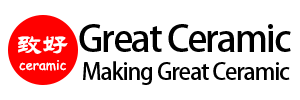Que sont les céramiques techniques avancées ?
Les céramiques avancées, également appelées céramiques techniques, céramiques d'ingénierie ou céramiques à hautes performances, sont des matériaux inorganiques spécialisés conçus pour des conditions de fonctionnement extrêmes. Elles offrent une résistance mécanique, une stabilité thermique, une résistance à l'usure et une isolation électrique supérieures à celles des céramiques traditionnelles, ce qui les rend indispensables dans les applications industrielles et de haute technologie.
Pourquoi utiliser la céramique avancée ?
En raison de leurs remarquables capacités à haute température, de leur dureté et de leurs propriétés électriques, les céramiques techniques avancées sont souvent utilisées pour remplacer les métaux, les polymères et les réfractaires. Lorsqu'elles sont utilisées correctement, les céramiques peuvent prolonger la durée de vie des produits, augmenter l'efficacité, réduire les coûts de maintenance globaux et améliorer les performances des produits.
Avantages des céramiques avancées
Les céramiques avancées possèdent une combinaison unique de propriétés qui leur confèrent des avantages indéniables par rapport aux métaux et aux polymères dans des applications techniques exigeantes :
Limites des céramiques avancées
Malgré leurs nombreux atouts, les céramiques techniques présentent également certaines limites qu'il convient de prendre en compte :
Céramiques vs. métaux vs. plastiques : Comparaison des performances
| Propriété | Céramique avancée | Métaux (par exemple, acier, aluminium) | Plastiques (par exemple, PEEK, PTFE) |
| Dureté (HV) | 1000 - 2500 | 100 - 700 | 10 - 30 |
| Température de fonctionnement maximale (°C) | 800 - 1800 | 200 - 1000 | 80 - 300 |
| Résistivité électrique (Ω-cm) | >10¹² | <10-⁵ | >10¹⁵ |
| Conductivité thermique (W/m-K) | 1.5 - 300 | 50 - 400 | 0.2 - 0.4 |
| Résistance à la corrosion | Excellent | Modérée à faible | Modéré |
| Usinabilité | Médiocre (après frittage) | Excellent | Excellent |
| Ténacité (MPa-m½) | 2 - 10 | 20 - 100 | 3 - 5 |
| Densité (g/cm³) | 2.2 - 6.1 | 2.7 - 8.9 | 0.9 - 2.2 |
Résumé : Les céramiques sont plus performantes que les métaux et les plastiques dans les environnements difficiles exigeant dureté, résistance à la chaleur, isolation ou stabilité chimique. Les métaux restent idéaux pour les applications ductiles ou porteuses. Les plastiques offrent une facilité de fabrication mais manquent de tolérance à la température ou à l'usure.
Comparaison des matériaux céramiques avancés
Great Ceramic est un fournisseur de céramique fiable qui propose une gamme complète de matériaux, chacun ayant des caractéristiques distinctes :
| Matériau | Densité | Dureté | Résistance à la flexion | Résistance à la rupture | Temp. max. | Conductivité thermique | Résistivité électrique | Applications |
| Alumine (Al₂O₃) | 3.7-3.9 | 1500-1800 | 300-500 | 3-4 | ~1600 °C | 25-35 W/m-K | >10¹⁴ Ω-cm | Isolateurs, pièces d'usure |
| Zircone (ZrO₂) | 5.6 | 1100-1300 | 800-1000 | 6-10 | ~1200 °C | 2-3 W/m-K | ~10¹³ Ω-cm | Dentaire, outils, roulements |
| Nitrure de silicium (Si₃N₄) | 3.2 | 1400-1700 | 700-950 | 6-8 | ~1400 °C | 15-30 W/m-K | >10¹³ Ω-cm | Turbines, pièces de moteur |
| Carbure de silicium (SiC) | 3.1 | 2200-2500 | 400-600 | 3-4 | 1600-1800 °C | 80-120 W/m-K | >10¹² Ω-cm | Joints, échangeurs de chaleur |
| Nitrure d'aluminium (AlN) | 3.3 | 1100-1400 | 300-400 | 2.5-3.5 | ~1200 °C | 170-200 W/m-K | >10¹³ Ω-cm | Électronique, bases LED |
| Céramique de verre usinable (MGC) | 2.4 | 500-600 | 150-200 | 1.5-2 | ~800 °C | 1,5-2 W/m-K | >10¹² Ω-cm | Prototypes, pièces sous vide |
| ZTA | 4.0-4.2 | 1400-1700 | 500-700 | 5-7 | ~1500 °C | 18-25 W/m-K | >10¹³ Ω-cm | Outils de coupe, implants |
| h-BN | 2.2-2.3 | ~400 | ~100-150 | ~1 | ~900-1800 °C | 30-60 W/m-K | ~10¹² Ω-cm | Lubrification, interface thermique |
| Béryllia (BeO) | 2.85 | ~1100 | ~300-400 | ~2.5 | ~1400 °C | 250-300 W/m-K | >10¹³ Ω-cm | Electronique RF, défense |
Caractéristiques et applications des matériaux
Chaque matériau de la céramique technique répond à des besoins industriels uniques. En voici un bref résumé :
Guide de conception des céramiques
Pour aider vos pièces céramiques à réussir dans la production, tenez compte des éléments suivants :
Notre équipe technique vous aidera à optimiser la conception de vos pièces, tant sur le plan fonctionnel que sur celui de la fabrication.
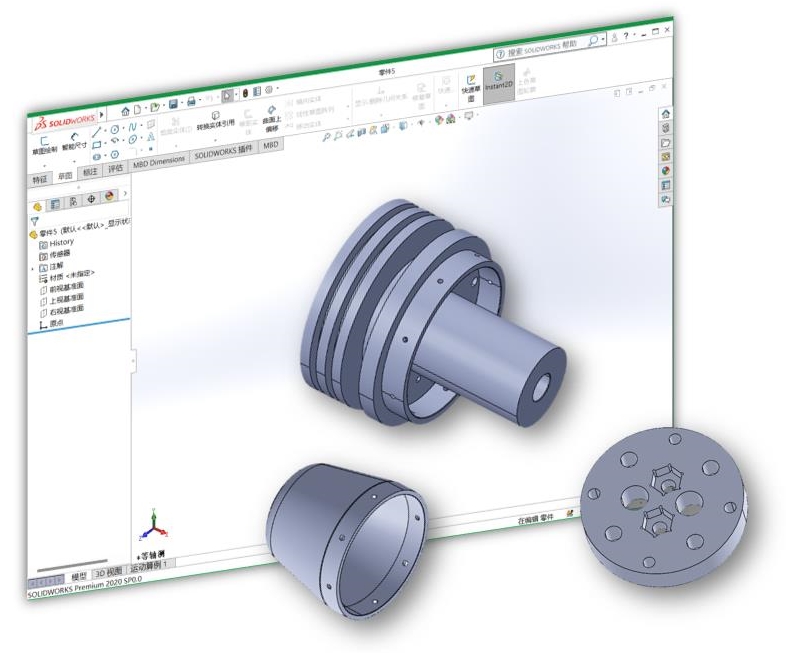
Fabrication et traitement des céramiques de pointe
La fabrication de céramiques avancées implique :

- configuration des matériaux
- Granulation par pulvérisation

- Pressage à sec
- Pressage isostatique
- Moulage par injection
- Moulage moulage
- Pressage isostatique à chaud
- Moulage par extrusion

- Frittage
- Pressage à chaud frittage

- Usinage CNC
- Broyage
- Polissage
- Découpe au laser
- Métallisation de surface
- Soudage

- ISO9001:2016
- Inspection stricte réussie
- Divers équipements d'essai
Usinage avancé de la céramique
Les céramiques avancées, telles que l'alumine, l'oxyde de zirconium, le nitrure de silicium, etc., sont souvent utilisées dans des applications de haute pureté et de haute performance, avec une pureté allant jusqu'à 99,9%. Ces matériaux ont une dureté et une stabilité chimique extrêmement élevées, ce qui rend les méthodes de traitement traditionnelles pratiquement inefficaces après le frittage.
Par conséquent, les céramiques doivent généralement être formées par pressage, coulage, extrusion, etc. au stade du "corps vert" (avant le frittage). Après le frittage, le matériau rétrécit d'environ 20% en volume, et les dimensions réservées doivent être calculées avec précision pendant le moulage. Après le frittage complet, le matériau devient très dur et cassant et ne peut être meulé, percé, poli et micro-usiné qu'à l'aide d'outils diamantés.
Le processus de traitement est extrêmement exigeant pour l'équipement, nécessitant généralement des centres d'usinage CNC à plusieurs axes et des systèmes de refroidissement et de lubrification dédiés pour éviter les fissures thermiques ou les microfissures. La tolérance de traitement est extrêmement faible, ce qui convient aux applications haut de gamme exigeant une grande précision.
Bien que le coût de la transformation soit élevé, cette transformation de précision de la céramique peut répondre aux exigences rigoureuses de performance des matériaux dans des environnements extrêmes dans des industries telles que l'électronique, l'aérospatiale, le médical et les semi-conducteurs, et constitue une solution qui ne peut pas être remplacée par les métaux et les plastiques.
Nos capacités d'usinage de la céramique
Applications industrielles des céramiques
- Électronique : Substrats, isolants, matériaux d'interface thermique
- Automobile : Sondes à oxygène, composants de carburant, bagues de roulement
- Aéronautique : Barrières thermiques, composants structurels
- Médical : Implants dentaires, prothèses orthopédiques
- Équipement industriel : Vannes, revêtements de pompes, outils de coupe
- Défense et énergie : Armures, radomes, isolateurs nucléaires
Leur adaptabilité les rend indispensables dans tous les grands secteurs de la haute technologie.
FAQ sur la céramique avancée
Usinage et solutions céramiques sur mesure
Grâce à un équipement CNC avancé et à des décennies d'expérience dans l'usinage de la céramique, Great Ceramic fournit.. :
Nous soutenons votre projet depuis la sélection des matériaux jusqu'à la production finale - en offrant une fabrication céramique rentable et de précision.
